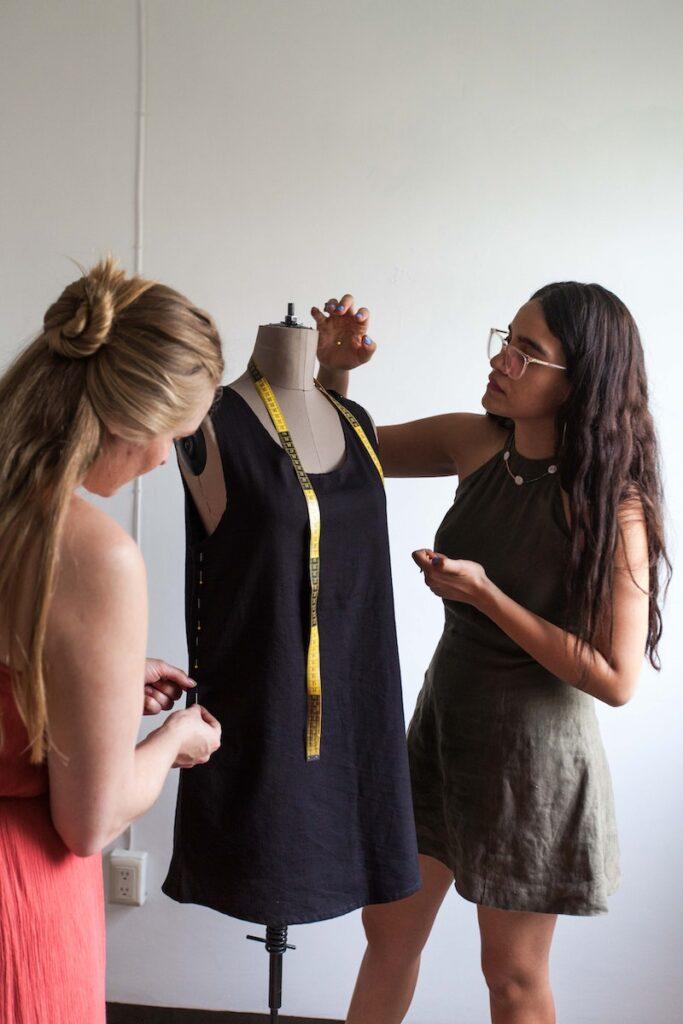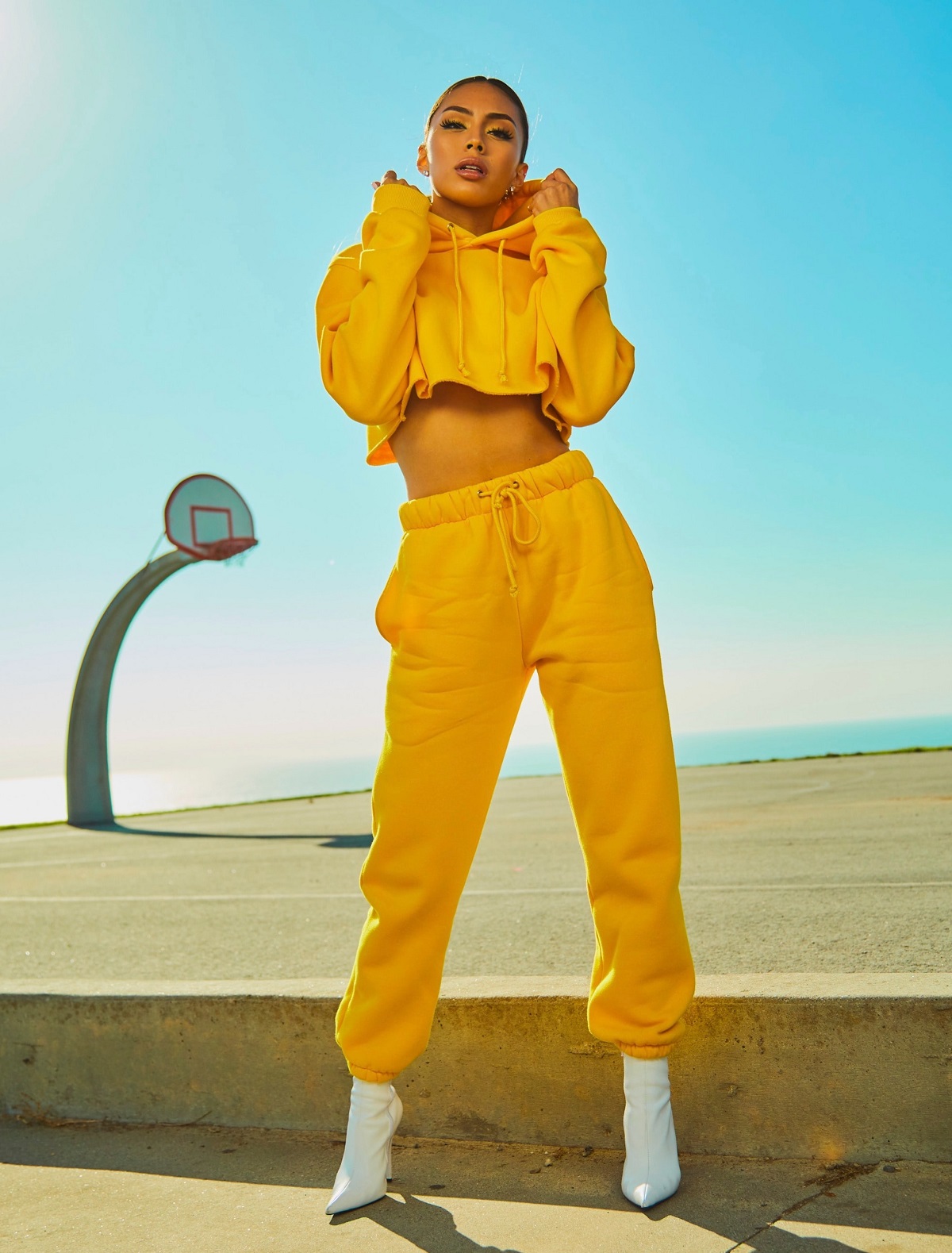Introduction
In this article, we will explore the four main types of fashion designers and delve into their unique roles, skills, and contributions to the fashion industry.
Fashion is an ever-evolving industry that thrives on creativity and innovation. Behind every fabulous outfit and stunning runway show, there are talented fashion designers who bring their artistic vision to life. These designers play a crucial role in shaping the trends and styles that dominate the fashion world. But did you know that there are different types of fashion designers?
The Creative Dreamers: Haute Couture Designers
What is Haute Couture?
Haute couture, a term derived from French, translates to “high sewing” or “high dressmaking.” Haute couture designers are at the pinnacle of the fashion industry, creating one-of-a-kind, custom-made garments for individual clients. They blend artistry, craftsmanship, and luxury to produce exquisite designs that are often showcased on prestigious runways.
Key Skills and Responsibilities
- Unparalleled Artistic Vision: Haute couture designers are known for their exceptional creativity and imagination. They have an innate ability to envision unique designs and transform them into breathtaking garments.
- Attention to Detail: Precision and meticulousness are essential for haute couture designers. Every stitch, embellishment, and fabric choice must be carefully selected and executed flawlessly.
- Exceptional Sewing and Pattern-Making Skills: Haute couture garments require masterful sewing techniques and intricate pattern-making. These designers possess exceptional craftsmanship and technical expertise.
- Client Collaboration: Haute couture designers work closely with clients to understand their preferences, body measurements, and personal style. They create exclusive pieces tailored to the client’s individual needs and desires.
Iconic Haute Couture Designers
- Christian Dior: Known for his feminine and elegant designs, Dior revolutionized fashion with his “New Look” in the post-war era.
- Coco Chanel: A pioneer of modern fashion, Chanel introduced classic and timeless designs that continue to inspire designers today.
- Valentino Garavani: Renowned for his luxurious and romantic aesthetic, Valentino has dressed numerous celebrities and iconic figures.
The Trendsetters: Ready-to-Wear Designers
What is Ready-to-Wear?
Ready-to-wear, also known as prêt-à-porter, refers to garments that are produced in standard sizes and made available for purchase directly from retail stores. Ready-to-wear designers create fashion collections that cater to a wider audience, striking a balance between style and mass production.
Key Skills and Responsibilities
- Fashion Forecasting: Ready-to-wear designers stay ahead of trends by closely monitoring fashion forecasts, analyzing consumer preferences, and predicting the next big thing in the industry.
- Efficiency in Production: These designers need to create designs that are both stylish and feasible for mass production. They work closely with manufacturers to ensure their designs can be reproduced efficiently.
- Understanding the Market: Ready-to-wear designers have a deep understanding of their target market, considering factors such as demographics, price points, and consumer demands.
- Collection Development: They create cohesive collections by designing garments that can be mixed and matched, allowing customers to create their own unique styles.
Iconic Ready-to-Wear Designers
- Giorgio Armani: Known for his clean lines and timeless elegance, Armani has become synonymous with classic, sophisticated ready-to-wear fashion.
- Stella McCartney: An advocate for sustainable fashion, McCartney combines ethical practices with modern and edgy designs, appealing to a socially conscious audience.
- Ralph Lauren: Recognized for his quintessential American style, Lauren’s designs embody a sense of luxury and refined casualness.
The Boundary Pushers: Avant-Garde Designers
What is Avant-Garde Fashion?
Avant-garde fashion designers are true pioneers who challenge traditional norms and push the boundaries of creativity. They embrace unconventional materials, abstract silhouettes, and avant-garde concepts to create thought-provoking and unconventional designs.
Avant-garde fashion refers to a style of clothing that is unconventional, innovative, and pushes the boundaries of traditional fashion norms. The term “avant-garde” is derived from French, meaning “advance guard” or “vanguard,” and it signifies being at the forefront of artistic and creative experimentation.
Avant-garde fashion designers challenge conventional ideas of clothing by exploring new concepts, materials, forms, and aesthetics. Their designs often prioritize artistic expression and conceptual exploration over practicality and commercial viability. Avant-garde fashion is known for its nonconformist approach, seeking to disrupt established norms and provoke thought and conversation.
Characteristics of avant-garde fashion include:
- Experimental Silhouettes: Avant-garde fashion designers often create garments with exaggerated or unconventional shapes, deviating from the traditional norms of clothing construction. These silhouettes can be voluminous, asymmetrical, deconstructed, or abstract, aiming to challenge the conventional understanding of how garments should fit and drape on the body.
- Innovative Materials and Techniques: Avant-garde designers frequently employ unconventional materials, such as plastic, metal, unconventional textiles, or recycled materials, to create unique textures and visual effects. They also experiment with innovative techniques like 3D printing, laser cutting, and digital manipulation to push the boundaries of traditional craftsmanship.
- Conceptual and Artistic Expression: Avant-garde fashion often incorporates conceptual and artistic elements. Designers use clothing as a medium to express social, cultural, or political ideas, exploring themes such as identity, gender, sustainability, and technology. The focus is not solely on creating wearable garments but also on conveying a deeper message or narrative.
- Unconventional Styling and Presentation: Avant-garde fashion goes beyond traditional styling and presentation methods. Runway shows and fashion presentations for avant-garde collections are often theatrical, incorporating dramatic music, unconventional models, and innovative staging. The aim is to create an immersive experience that complements the artistic vision behind the garments.
- Limited Commercial Appeal: Avant-garde fashion is not typically intended for mass consumption or commercial viability. While some elements or influences from avant-garde designs may trickle down into mainstream fashion, the avant-garde itself remains a niche and experimental field. It serves as a source of inspiration and creativity for the fashion industry as a whole, pushing boundaries and expanding the possibilities of design.
Avant-garde fashion occupies a unique space in the fashion industry, allowing designers to explore their creativity, challenge societal norms, and provoke intellectual and emotional responses. It represents a form of artistic expression that celebrates innovation, individuality, and the power of fashion to transcend its utilitarian roots.
Key Skills and Responsibilities
- Innovation and Experimentation: Avant-garde designers constantly seek new ways to redefine fashion. They experiment with unconventional materials, shapes, and techniques to create designs that challenge conventional notions.
- Conceptual Thinking: These designers delve into deep artistic concepts and themes, using fashion as a means of self-expression and storytelling.
- Fearlessness and Risk-Taking: Avant-garde designers are not afraid to take risks and break away from the mainstream. They embrace controversy and provoke conversations with their unconventional designs.
- Pushing Boundaries: Avant-garde designers have the power to influence and shape the future of fashion. Their daring creations often serve as inspiration for other designers and set new trends.
Iconic Avant-Garde Designers
- Alexander McQueen: McQueen’s designs were often dark, dramatic, and theatrical, challenging societal norms and exploring the relationship between fashion and art.
- Iris van Herpen: Known for her innovative use of technology in fashion, van Herpen creates otherworldly designs that blur the line between fashion and sculpture.
- Vivienne Westwood: A punk fashion icon, Westwood’s designs are known for their rebellious spirit and political activism.
The Commercial Visionaries: Mass Market Designers
What is Mass Market Fashion?
Mass market designers cater to the broader consumer market, creating affordable and accessible fashion that appeals to a wide range of individuals. They design garments that are produced in large quantities and sold in retail stores at competitive prices.
Key Skills and Responsibilities
- Understanding Consumer Preferences: Mass market designers have a keen sense of what consumers want. They conduct market research to identify trends, customer preferences, and price points that will resonate with their target market.
- Efficient Production Planning: These designers must create designs that are easily reproducible on a larger scale. They work closely with manufacturers to ensure cost-effective production without compromising style and quality.
- Adaptability: Mass market designers need to be adaptable and responsive to changing trends and consumer demands. They must quickly incorporate new styles into their collections to stay relevant.
- Balancing Creativity and Commercial Viability: While they work within the constraints of the mass market, these designers find innovative ways to infuse their designs with creativity and individuality.
Iconic Mass Market Designers
- Tommy Hilfiger: Hilfiger’s brand is known for its classic American style, offering a range of clothing and accessories that blend preppy influences with a modern twist.
- H&M: As a global fashion retailer, H&M collaborates with renowned designers to create affordable, trendy collections that appeal to a diverse customer base.
- Zara: Zara has gained popularity for its fast fashion model, offering affordable and on-trend designs that are quickly produced and made available to consumers.
FAQs about Fashion Designers
1. What education do fashion designers need?
To become a fashion designer, it is advisable to pursue a degree in fashion design or a related field from a recognized fashion school or university. While formal education provides a strong foundation, creativity, talent, and practical experience are equally essential for success in this industry.
2. Can fashion designers specialize in more than one type?
Yes, many fashion designers may specialize in more than one type. For example, a designer might have expertise in both haute couture and ready-to-wear, or combine elements of avant-garde and mass market design in their collections. Specializing in multiple types allows designers to explore different creative avenues and expand their market reach.
3. Are there other types of fashion designers apart from the four mentioned?
While the four types mentioned in this article are the main categories, there are other niche areas within fashion design. These include costume design for film and theater, accessory design, sportswear design, and sustainable fashion design, among others. Each specialization offers unique opportunities for designers to express their creativity.
4. How do fashion designers stay updated with trends?
Fashion designers stay updated with trends through various sources of inspiration and information. They attend fashion shows, trade fairs, and exhibitions, read fashion magazines and blogs, follow influencers and celebrities, and conduct market research. Additionally, designers often travel to different cities and countries to gain exposure to diverse fashion cultures and trends.
5. What is the role of fashion designers in sustainable fashion?
Fashion designers play a vital role in promoting sustainability in the fashion industry. They can choose eco-friendly materials, implement ethical production practices, and design garments that are durable and timeless. By embracing sustainability, designers contribute to reducing the environmental impact of fashion and promoting responsible consumerism.
6. How can aspiring fashion designers gain practical experience?
Aspiring fashion designers can gain practical experience through internships, apprenticeships, and entry-level positions in fashion houses, design studios, or manufacturing companies. Working under experienced professionals allows them to learn the ropes of the industry, hone their skills, and build a network of contacts.
Conclusion
Fashion designers are the creative forces behind the garments that grace the runways and fill our wardrobes. From the intricate craftsmanship of haute couture to the innovative designs of avant-garde fashion, each type of designer brings a unique perspective and style to the industry. Whether they create individualized couture pieces or design for the masses, fashion designers continuously shape and redefine the world of fashion.
So, the next time you admire a stunning gown or a trendy ready-to-wear ensemble, remember the immense talent and creativity of the fashion designers who made it possible.












